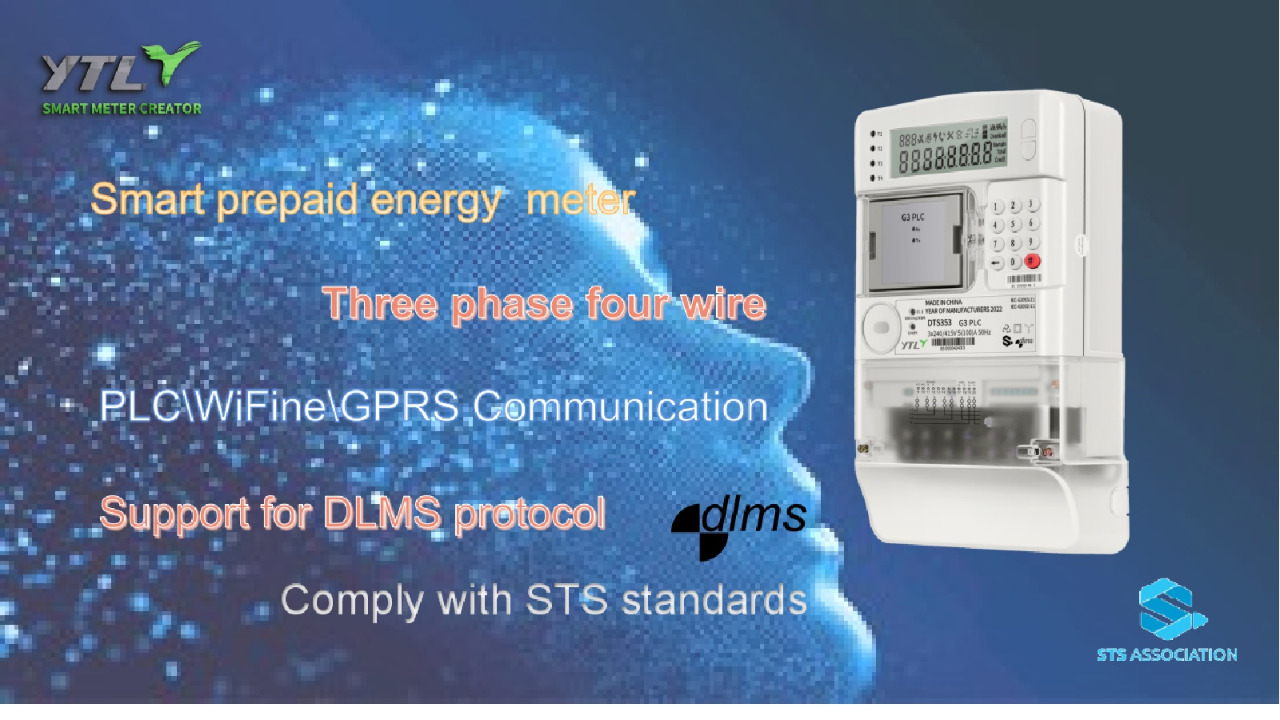In today’s society, energy management has become a critical focus for households and businesses alike. With technological advancements and rising living standards, efficiently and intelligently managing household electricity consumption has emerged as a priority for many families. Recently, my household installed a prepayment electricity meter. This change not only made our electricity usage more convenient but, more importantly, led to a surprising 15% reduction in our electricity bills! The reasons behind this deserve deeper exploration.
I. How Prepaid Meters Work and Their Advantages
A prepayment electricity meter, as the name suggests, operates on a “pay-first, use-later” model. Users must top up their accounts in advance, and the meter supplies power based on the prepaid balance. When funds run low, the meter sends alerts to remind users to recharge, avoiding the risk of power outages due to unpaid bills.
The greatest advantages of these meters lie in their smart functionality and real-time tracking. They display remaining credit and usage patterns in real time, allowing users to monitor electricity consumption dynamically. Through this intelligent system, households gain precise control over usage, minimizing waste.

II. The Secret Behind the 15% Bill Reduction
1. Real-Time Monitoring of Usage
After installing the prepayment meter, we could check our electricity consumption anytime via a mobile app or the meter’s display. This instant feedback made us more aware of our habits. For example, we noticed a spike in usage during evenings when the TV, sound system, and other devices were running simultaneously. This prompted us to consciously reduce idle time and avoid leaving appliances on standby.
2. Precise Control Over Energy Spending
The prepayment meter’s real-time data also enabled us to budget and plan electricity expenses more effectively. By setting monthly spending limits, we adjusted our usage strategies to align with our budget. This not only prevented overspending but also introduced fine-grained financial management for electricity costs.
3. Improved Energy-Saving Habits
The meter encouraged us to adopt energy-efficient practices. After analyzing our usage patterns, we replaced traditional bulbs with LED lights, upgraded to energy-efficient appliances, and made a habit of turning off unused devices. While these changes seemed small, their cumulative effect delivered significant savings over time.
4. Eliminating Late Fees and Unexpected Costs
Prepayment meters also eliminated the risk of late payment penalties or service interruptions. By prepaying, we avoided unexpected fees and ensured uninterrupted power supply, further stabilizing our monthly expenses.

III. Additional Benefits of Prepaid Meters
1. Enhanced User Experience
The system’s convenience—such as remote recharging, usage alerts, and instant access to data—simplified electricity management, freeing us from the stress of bill payments.
2. Supporting Sustainability
By reducing waste and optimizing consumption, prepaid meters contribute to environmental protection and sustainable energy practices. This aligns with global efforts to cut carbon emissions while saving money.
3. Paving the Way for Smart Grids
Integrated with IoT technology, modern prepayment meters enable advanced features like remote monitoring, automated controls, and anomaly detection. These innovations are driving the evolution of smart grids, making energy systems more efficient, secure, and user-friendly.

The 15% drop in our electricity bills after installing a prepaid meter highlights the transformative power of smart energy management. By providing real-time insights, precise budgeting tools, and incentives for energy conservation, prepaid meters have revolutionized how we consume and value electricity. Beyond cost savings, they enhance reliability, promote sustainability, and accelerate the transition to intelligent energy systems. This experience has reshaped our understanding of energy management—proving that small, smart changes can yield remarkable results.


 English
English 简体中文
简体中文


.png?imageView2/2/w/500/h/500/format/png/q/100)




.png?imageView2/2/w/500/h/500/format/png/q/100)

.png?imageView2/2/w/500/h/500/format/png/q/100)




